This 3D printing design of Grey Aliens Diorama consists of files in StereoLithography (.Stl) format that is optimized for 3D printing.
Before printing the files, we strongly recommend reading the PRINTING DETAILS section.
WHAT WILL YOU GET AFTER PURCHASE?
- 4 versions of Grey Aliens Diorama STL files for FFF/FDM, DLP/SLA, DLP/SLA Eco, SLS — files for all versions are available for download after the purchase;
- STL files of high-poly Grey Aliens Diorama model for 3D printing consist of 109 files;
- Sizes for:
- FFF/FDM: 200 mm tall, 224 mm wide, 210 mm deep;
- FFF/FDM (single): 196 mm tall, 112 mm wide, 98 mm deep;
- DLP/SLA/SLS: 100 mm tall, 112 mm wide, 105 mm deep;
- DLP/SLA/SLS (single): 98 mm tall, 56 mm wide, 49 mm deep;
- Assembly Manual for FFF/FDM 1.0 and DLP/SLA 1.0 versions in PDF and video formats;
- Detailed settings that we provide as a recommendation for Cura, Bambu Studio, Simplify3D, Slic3r and PrusaSlicer for the best print;
- Full technical support from the Gambody Support Team.
Detailed information about these 3D printer STL files is available in the DESCRIPTION section.
ABOUT THIS 3D MODEL
The first thing that comes to our mind when thinking of UFOs are tiny grey humanoids with big black eyes and small bodies. Greys, also known as Zeta Reticulans, is a typical image of the species reported in the numerous UFO cases. This is how the aliens are usually represented in the mass media and cinematography: outlandish beings, traveling in flying saucers to discover other races and able to erase the memory of those who witness their presence.
Inspired by the history of mysterious science-fiction creatures, our skillful 3D artist created this impressive diorama for 3D printing. The models possess a typical “grey alien” appearance: short humanoids with hairless massive elongated wrinkly skulls, big close-set almond-shaped eyes, and a pair of slits instead of a nose. The skin pulls tight over the bones of the humanoids, and the chest bones, with only four ribs in the rib cage, stick out distinctly. The physique of the beings is more similar to a child’s physique, the inquisitive look of aliens, and the caution their postures express how new this world is to them. Vivid and extravagant, this diorama will become a great addition to the collection of all fans of UFO conspiracy theories!
ADAPTATION FOR 3D PRINTING
Grey Aliens 3D printing diorama is a static assembly model and its moderation and adaptation for different types of 3D printers took the Gambody team 60 hours in total. The models' anatomy and proportions were thoroughly reviewed during the moderation process for the humanoids to be depicted harmoniously in the intended pose.
The models' cutting was chosen by our team to minimise the amount of generated support and some of the parts were hollowed out for you to save resin in the Eco version. In order to conceal the places where the assembly parts of the models are connected, the diorama was divided into convenient assembly parts.
All assembly parts in the FFF/FDM 1.0 version are provided in STL files in recommended positions that were worked out in order to ensure the smoothness of the details’ surfaces after printing and that the 3D printing beginners won't face difficulties when placing the parts on a build plate. When downloading any model's file you will also receive "Assembly Manual" for FFF/FDM 1.0 and DLP/SLA 1.0 versions in PDF format. We highly recommend that you get acquainted with the “Assembly Video” and "Assembly Manual" before getting down to the Grey Aliens diorama.
The design is saved in STL files, a format supported by most 3D printers. All STL files for 3D printing have been checked in Netfabb and no errors were shown.
The model's scale was calculated from the height of Grey Alien. The 3D printing design's chosen scales are 1:8 for the FFF/FDM version and 1:16 for the DLP/SLA/SLS versions.
VERSIONS’ SPECIFICATIONS
FFF/FDM 1.0 versions features:
- Contains 42 parts;
- A printed diorama is 200 mm tall, 224 mm wide, 210 mm deep;
- A printed model is 196 mm tall, 112 mm wide, 98 mm deep;
- All parts are divided in such a way that you will print them with the smallest number of support structures.
DLP/SLA 1.0 versions features:
- Contains 27 parts;
- A printed diorama is 100 mm tall, 112 mm wide, 105 mm deep;
- A printed model is 98 mm tall, 56 mm wide, 49 mm deep;
- All parts are divided in such a way to fit the build plates and to ensure that support structures are generated where needed.
DLP/SLA Eco 1.0 versions features:
- Contains 27 parts;
- A printed diorama is 100 mm tall, 112 mm wide, 105 mm deep;
- A printed model is 98 mm tall, 56 mm wide, 49 mm deep;
- Some parts are manually hollowed out to save resin.
SLS 1.0 versions features:
- Contains 13 parts - solid Grey Aliens models on and separately from the platforms.
You can get the STL files of Grey Aliens Diorama immediately after the purchase! Just click the green Buy button in the top-right corner of the model’s page. You can pay with PayPal or your credit card.
Watch the tutorial on how to assemble the 3D Printed Grey Aliens Diorama from the provided 3D Print Files on Gambody YouTube channel.
Also, you may like Paul the Alien 3D Print Model and other Sci-Fi Creatures 3D Printing Designs.
_______
FAQ:
Generic
Below you can find printing recommendations for Cura, Bambu Studio, Simplify3D, Slic3r and PrusaSlicer software.
Disclaimer: The following printing settings are a recommendation, not an obligation. The parameters can vary depending on the peculiarities of your 3D printer, the material you use, and especially the particular assembly part you are working with. Each part that any model comprises often needs preliminary review, and you are free to tweak the settings the way you find suitable.
Note:
You can scale up the model (downscaling for FFF/FDM 3D printers is not recommended!);
All connectors should be printed at 100% Infill.
Bambu Lab printing recommendations:
These basic 3D printing settings recommendations for beginners were tested in Bambu Studio 1.9.1. Test models were printed on the Bambu Lab A1, Bambu Lab A1 Mini, Creality Ender 3 S1, Anycubic Kobra 2, and Anycubic Vyper using PLA and PETG filaments.
To avoid printing problems, we recommend the following settings: download
Cura printing recommendations:
These are averaged settings which were tested in the Cura 5.2.1 slicer. Test models were printed on Anycubic Vyper, Creality Ender 3 Pro with PLA filament.
To avoid printing problems, we recommend the following settings: download
Simplify3D printing recommendations:
These are averaged settings which were tested in the Simplify3D 5.0.0 slicer. Test models were printed on Anycubic Vyper, FLSUN v400, Ender3 S1 with PLA filament.
To avoid printing problems, we recommend the following settings: download
Slic3r printing recommendations:
These basic 3D printing settings recommendations for beginners were tested in Slic3r 1.3.0 software. Test models were printed on Ultimaker 2, Creality Ender 3, Creality Cr-10S pro v2, Anycubic I3 Mega, Anycubic I3 MegaS, Anycubic Vyper with PLA and PetG filaments.
To avoid printing problems, we recommend the following settings: download
PrusaSlicer printing recommendations:
These basic 3D printing settings recommendations for beginners were tested in PrusaSlicer 2.3.1. Test models were printed on Ultimaker 2, Creality Ender 3, Creality Cr-10S pro v2, Anycubic I3 Mega, Anycubic I3 MegaS, Anycubic Vyper with PLA and PETG filaments.
To avoid printing problems, we recommend the following settings: download

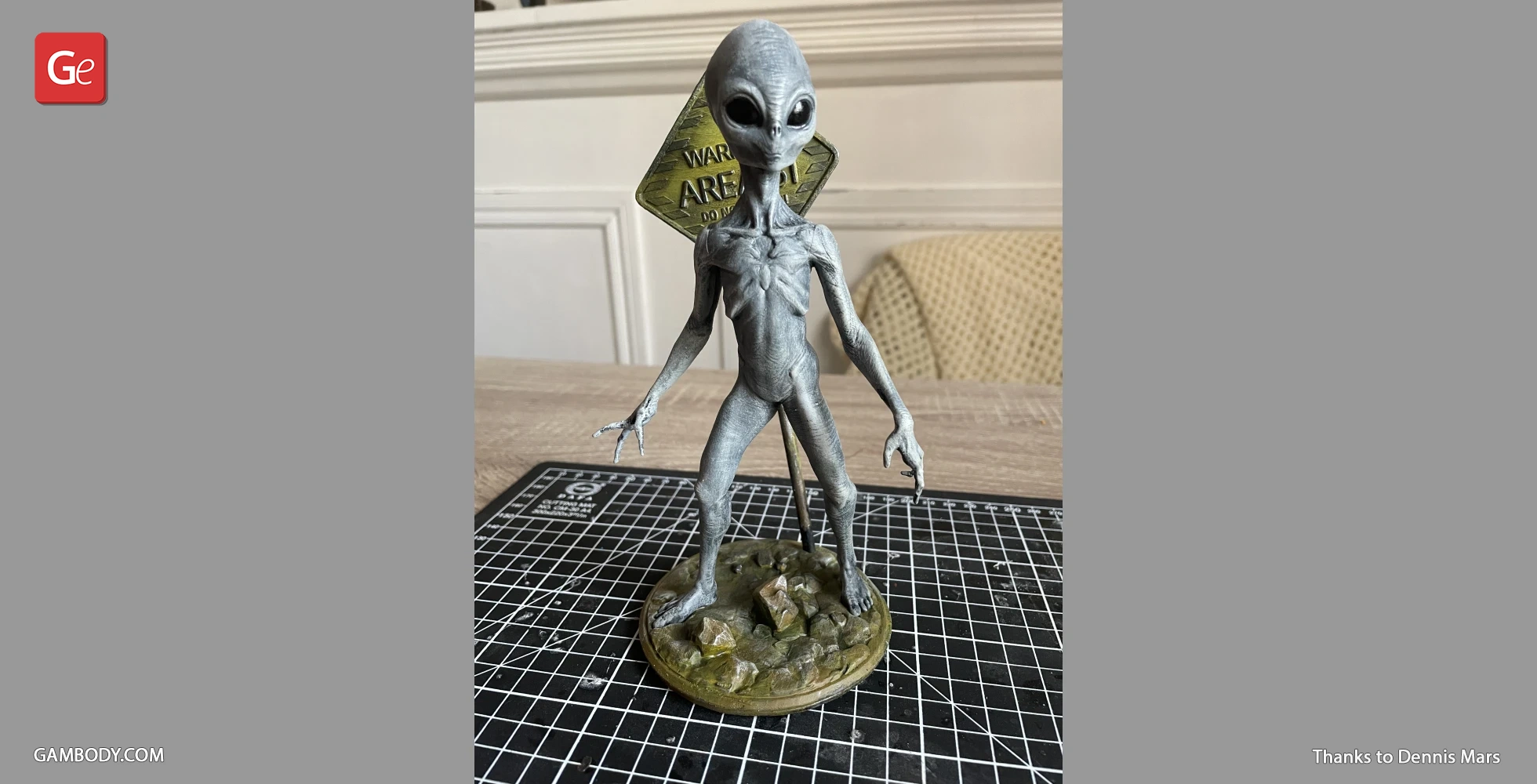
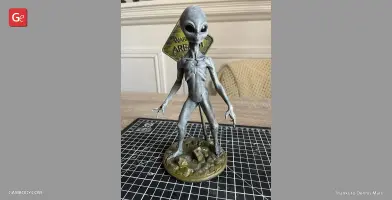
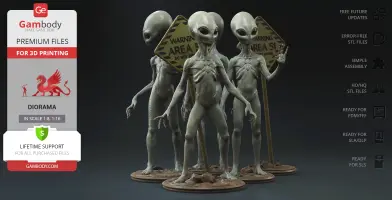
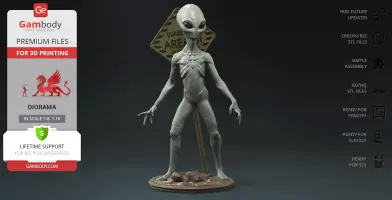
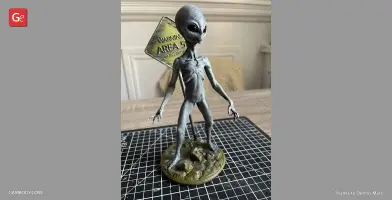
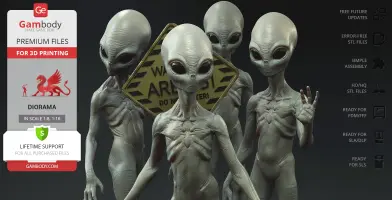
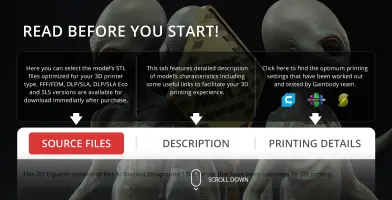
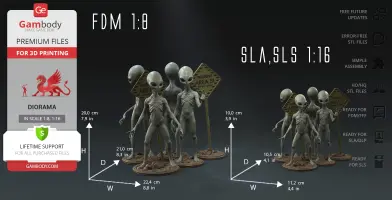
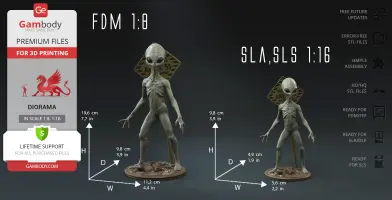
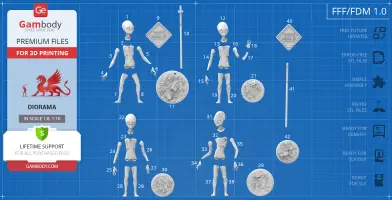
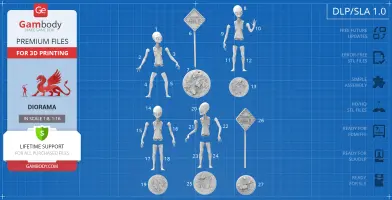
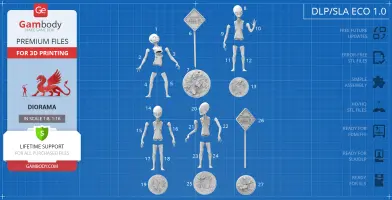
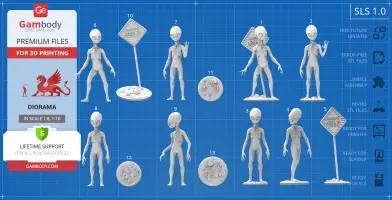
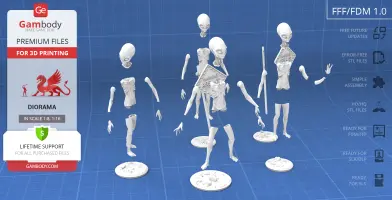
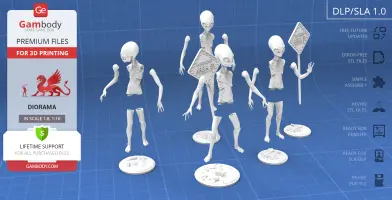
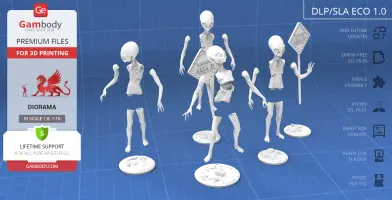
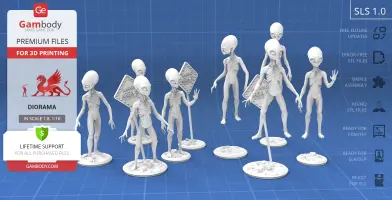
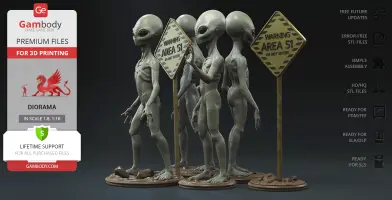


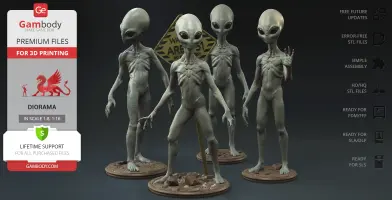
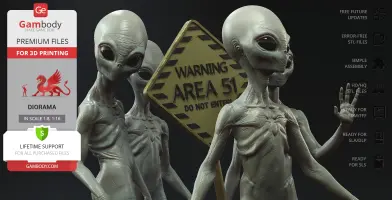
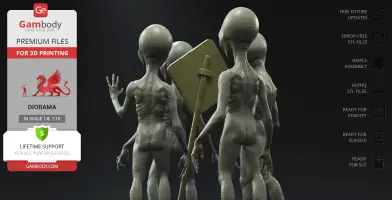
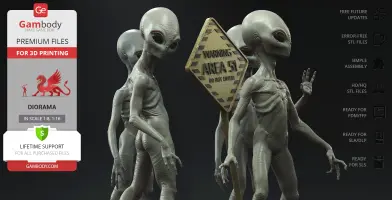
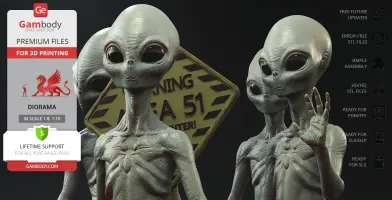
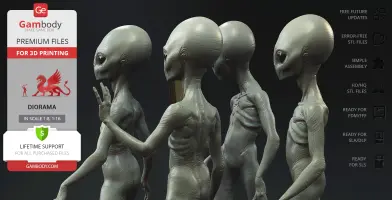
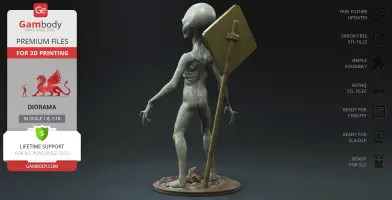
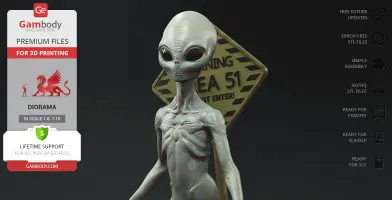
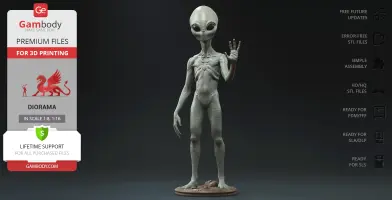
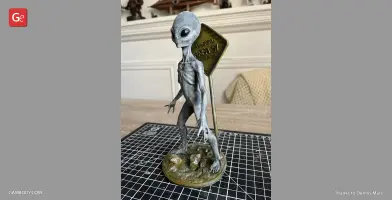
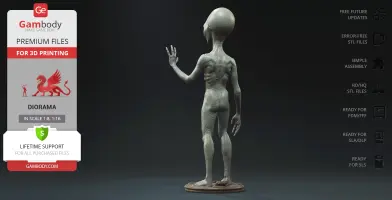
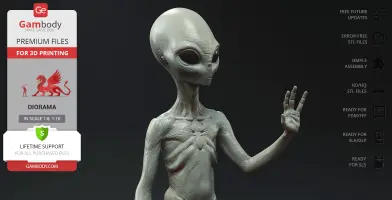
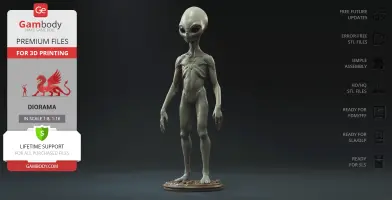
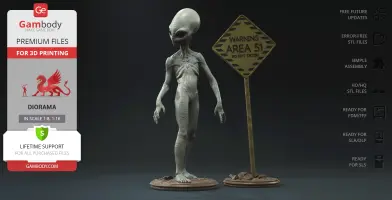
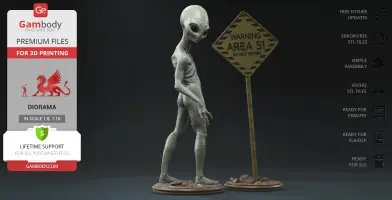
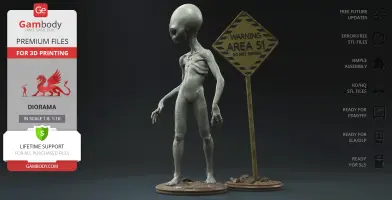
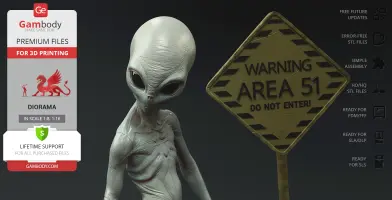
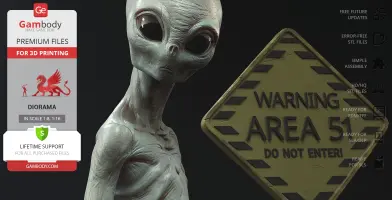
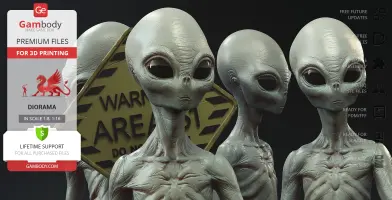
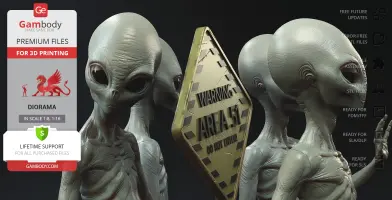
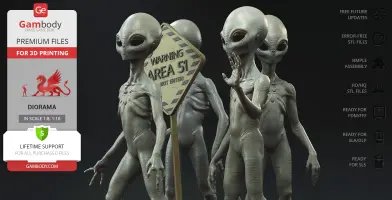
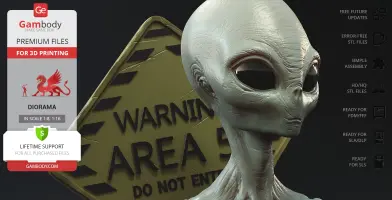
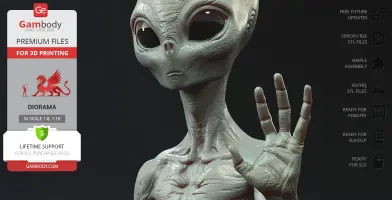
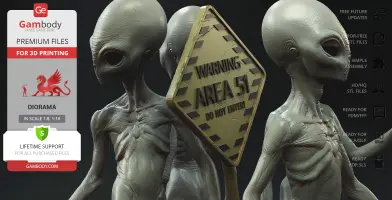
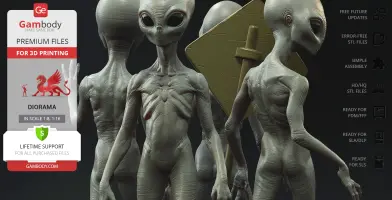
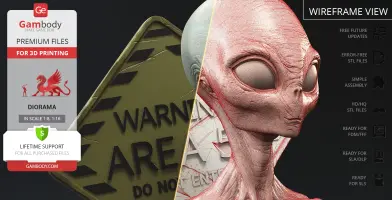
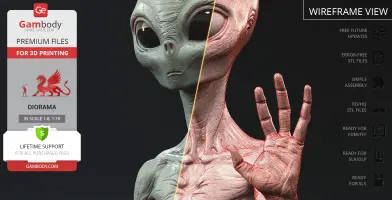
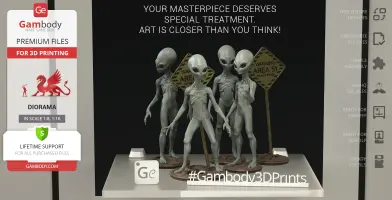
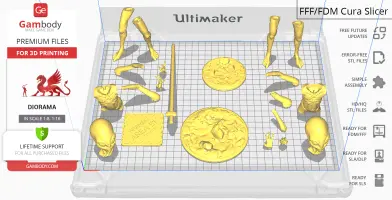
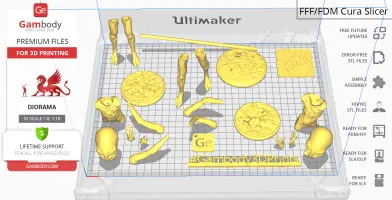


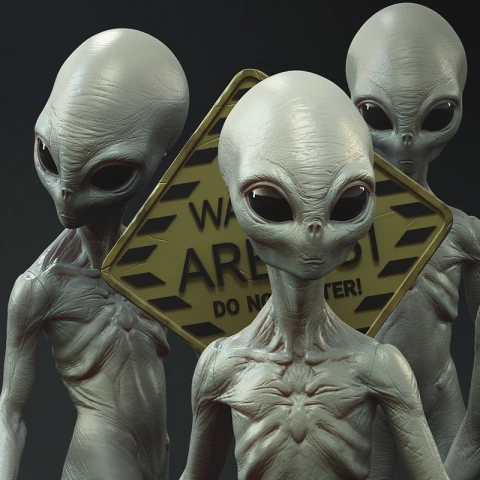
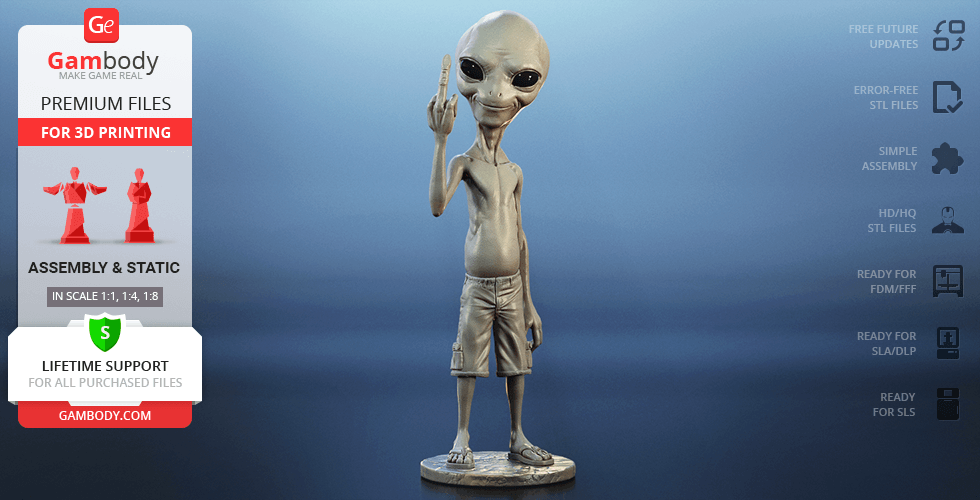


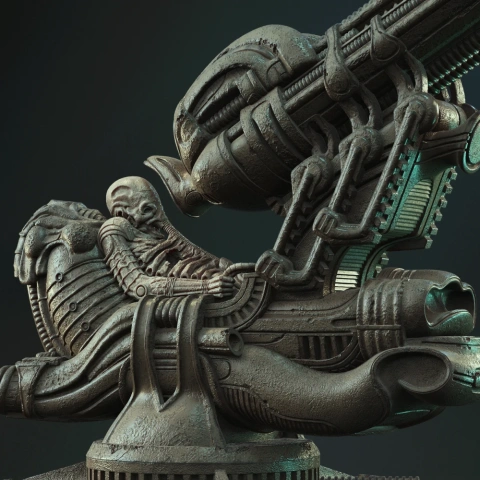
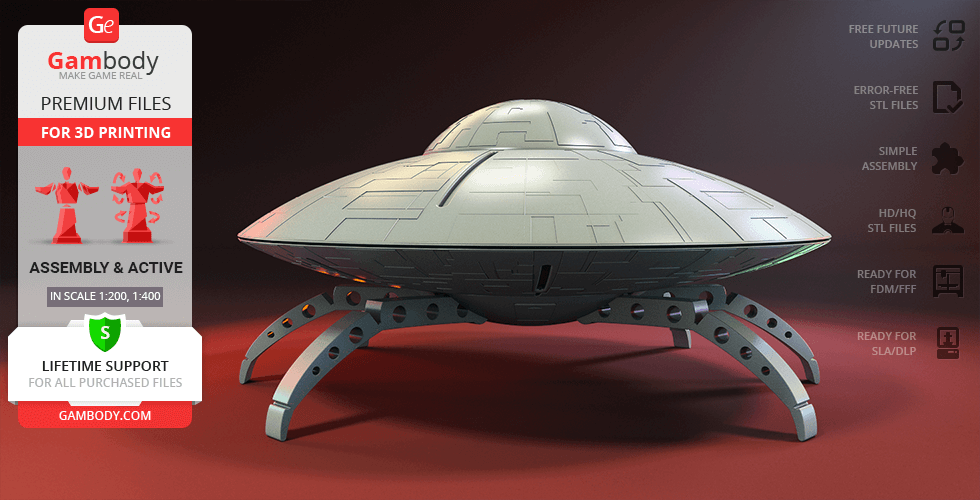
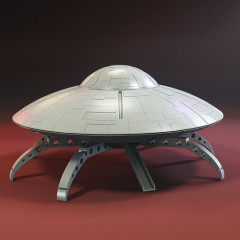
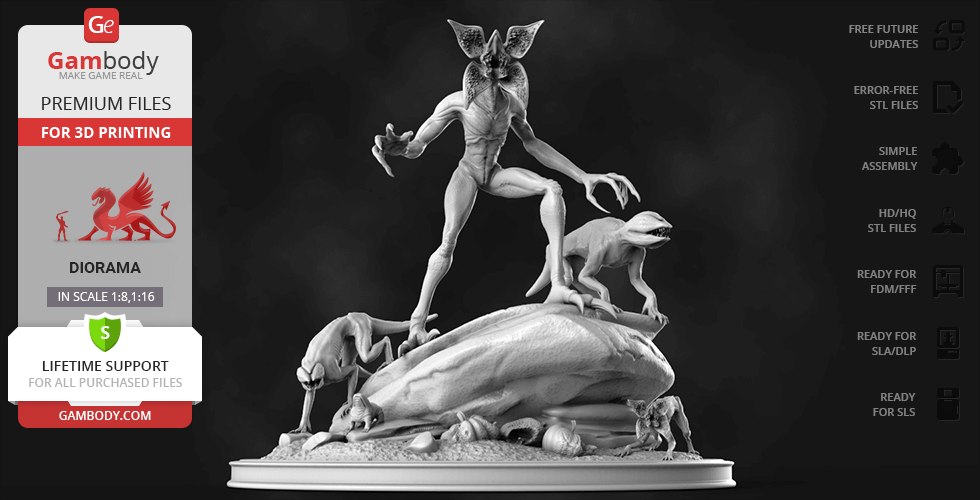

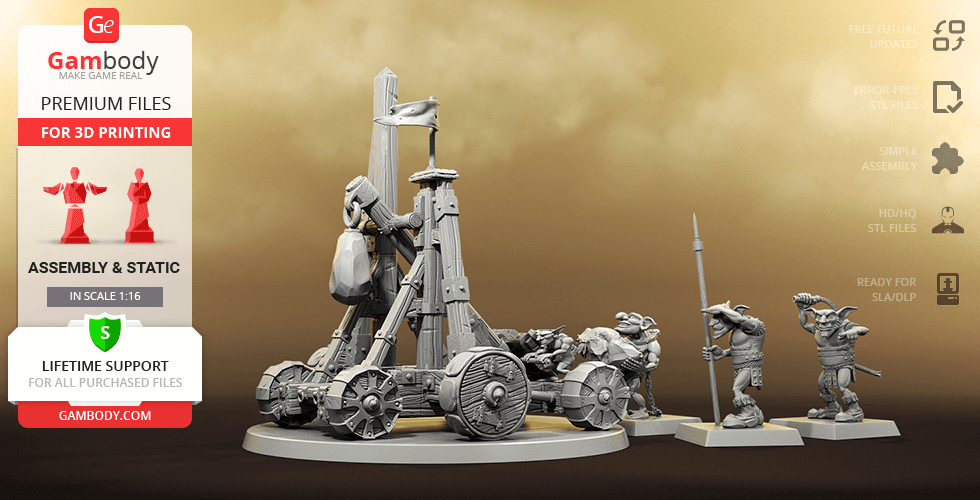
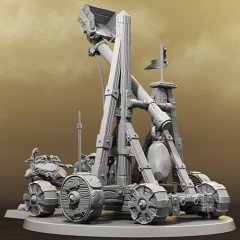
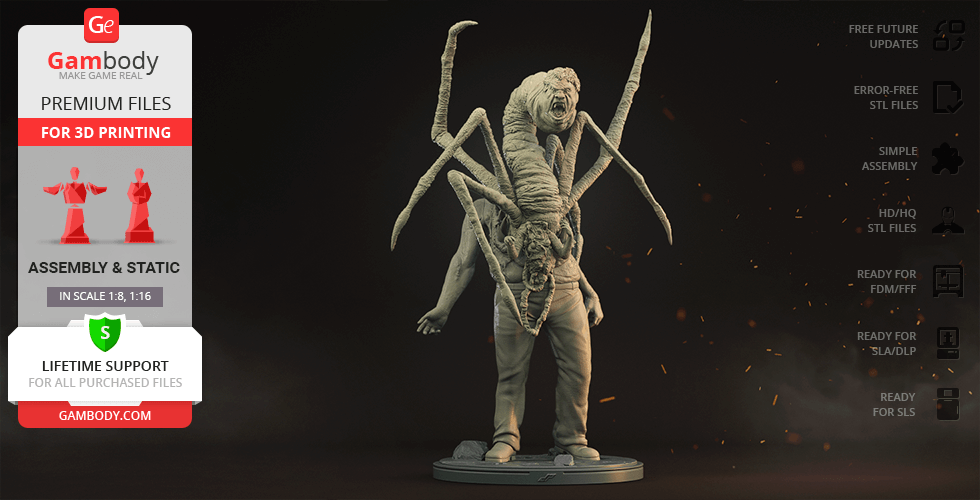
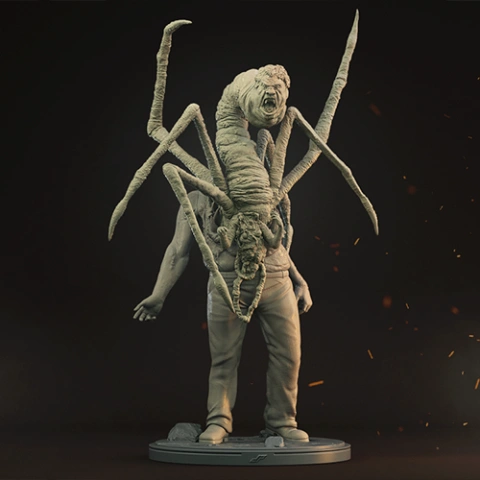
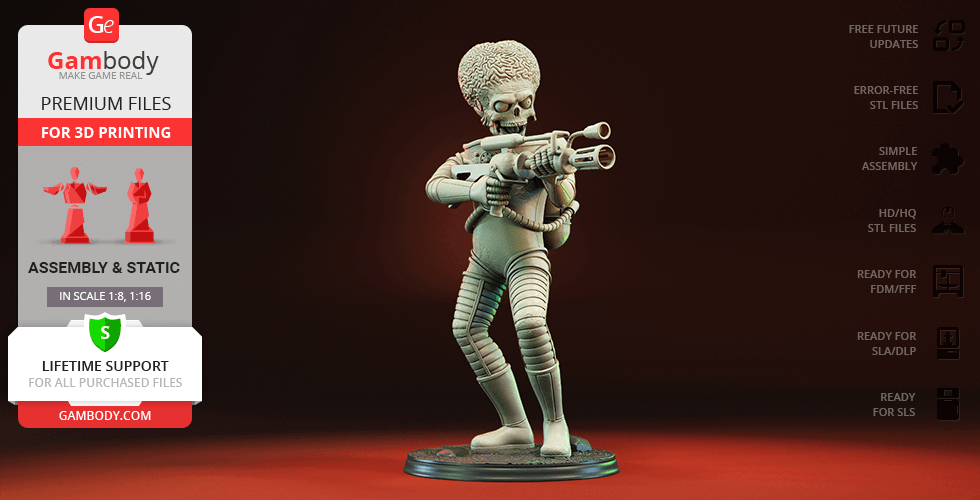
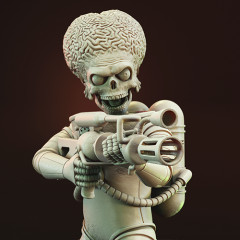
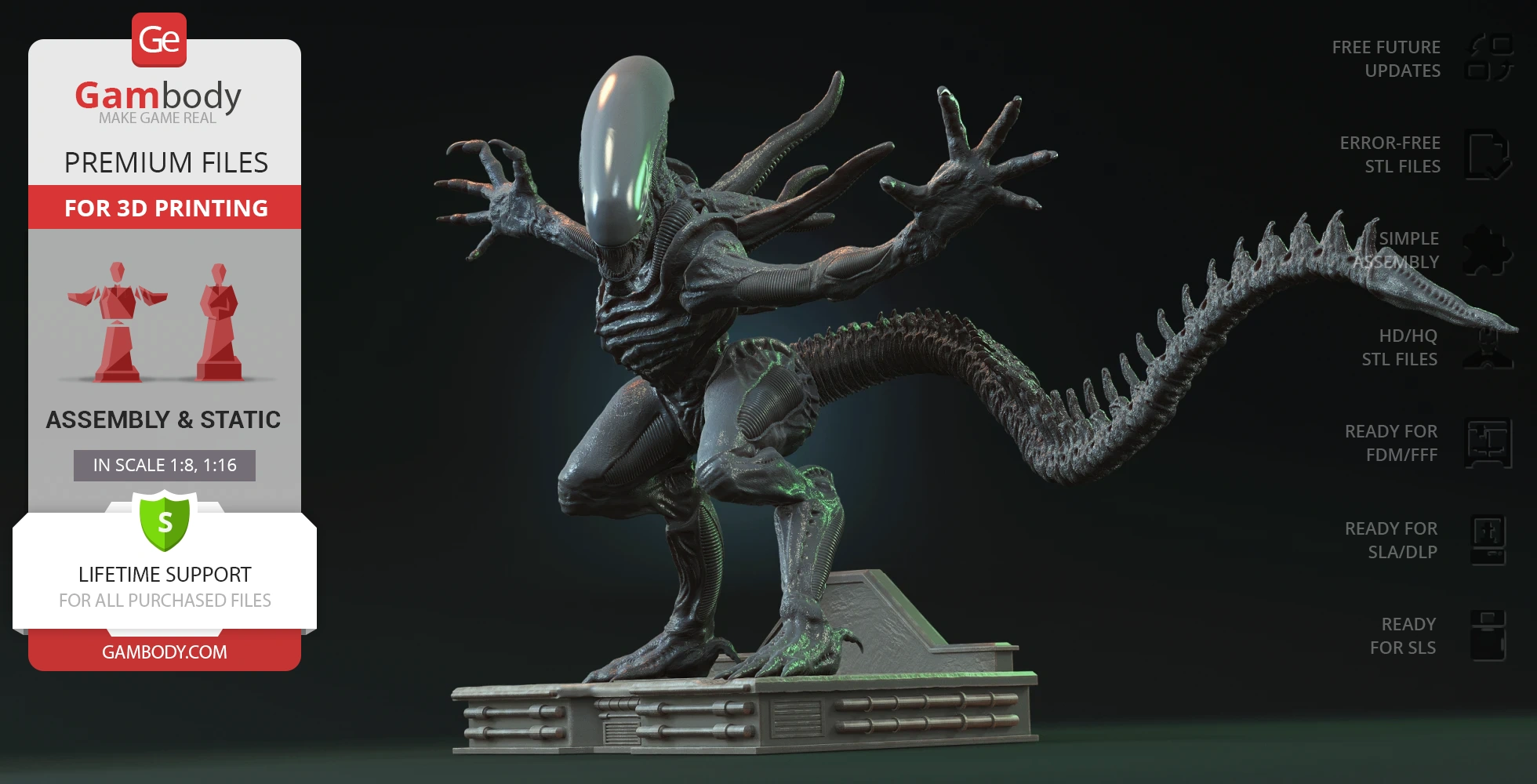
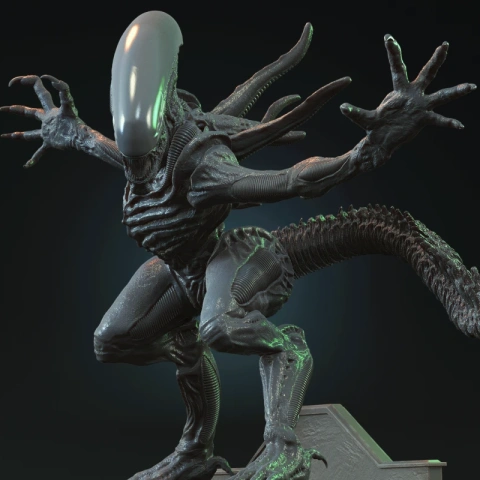
Comments